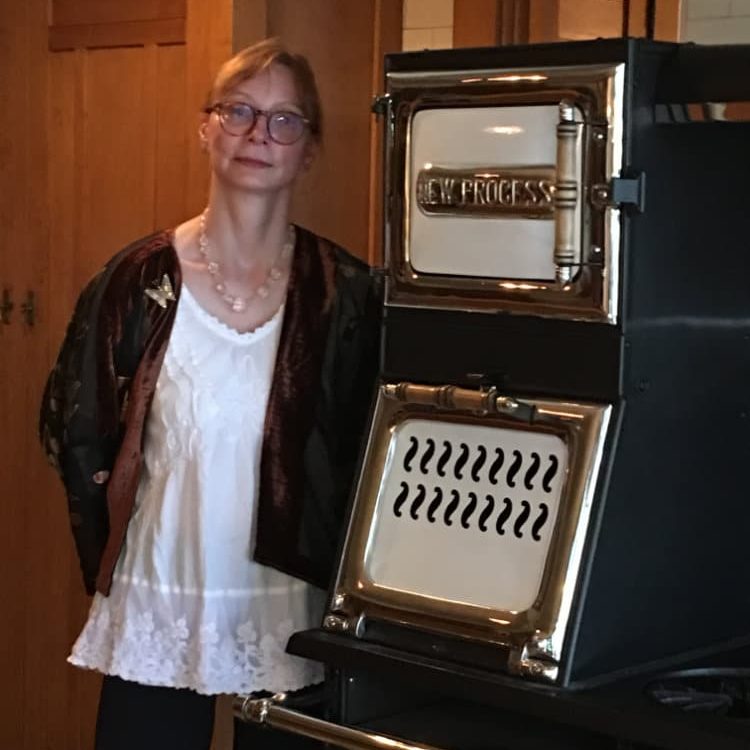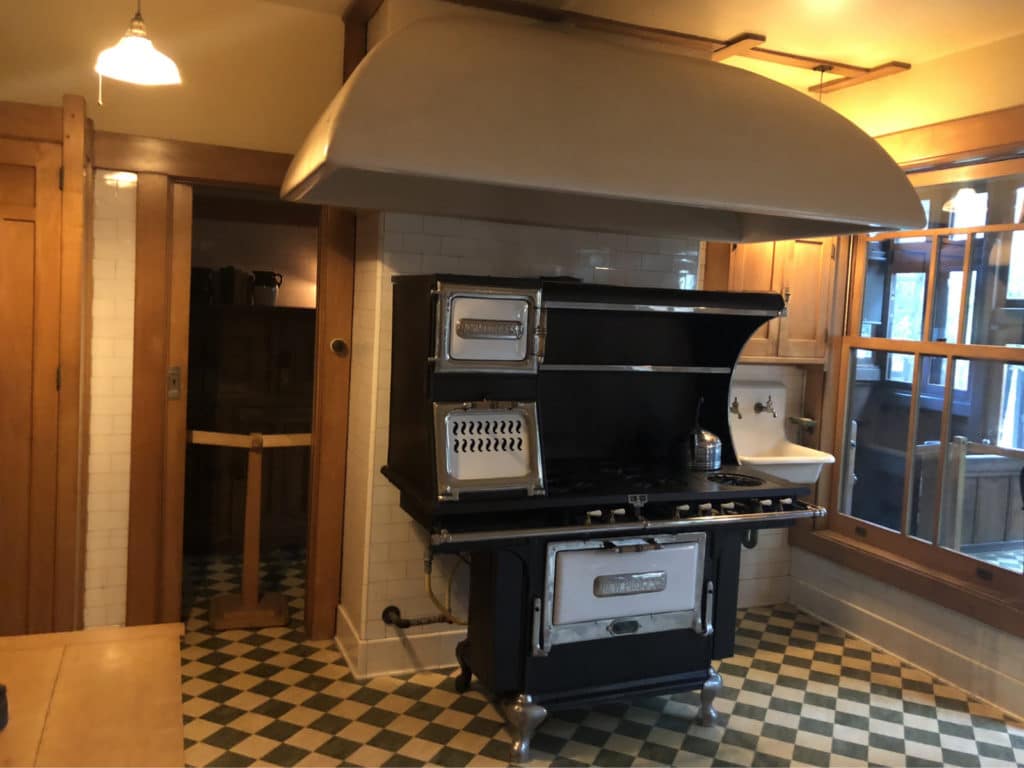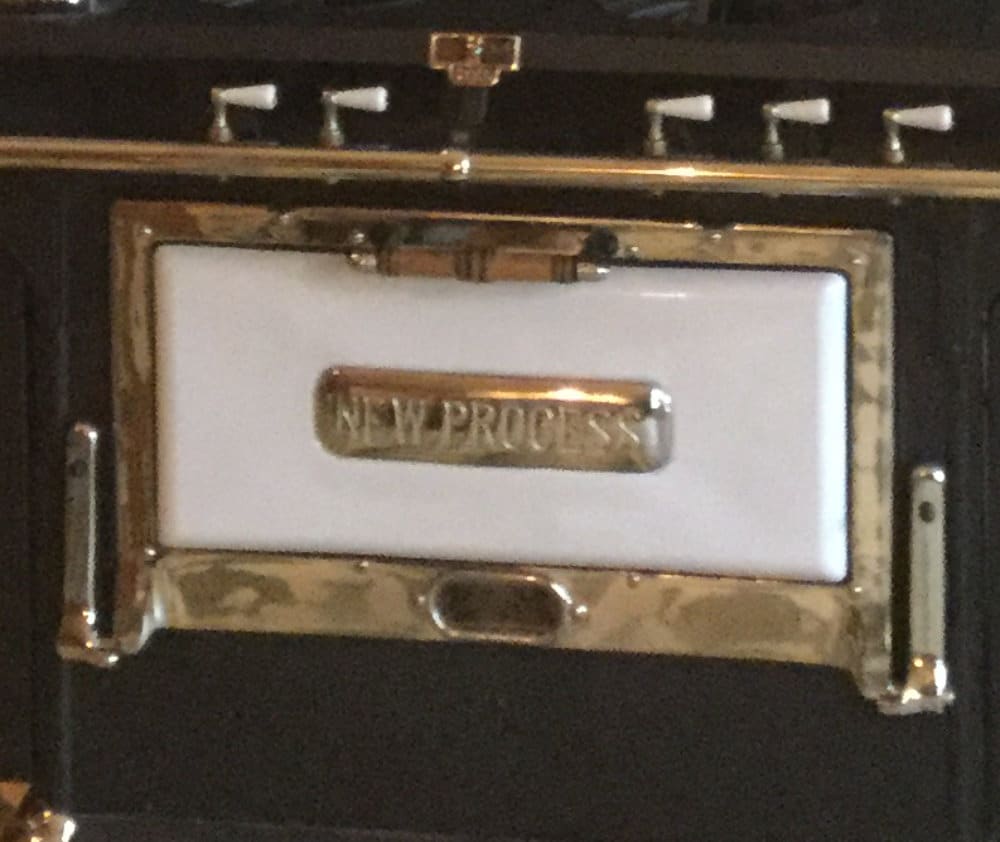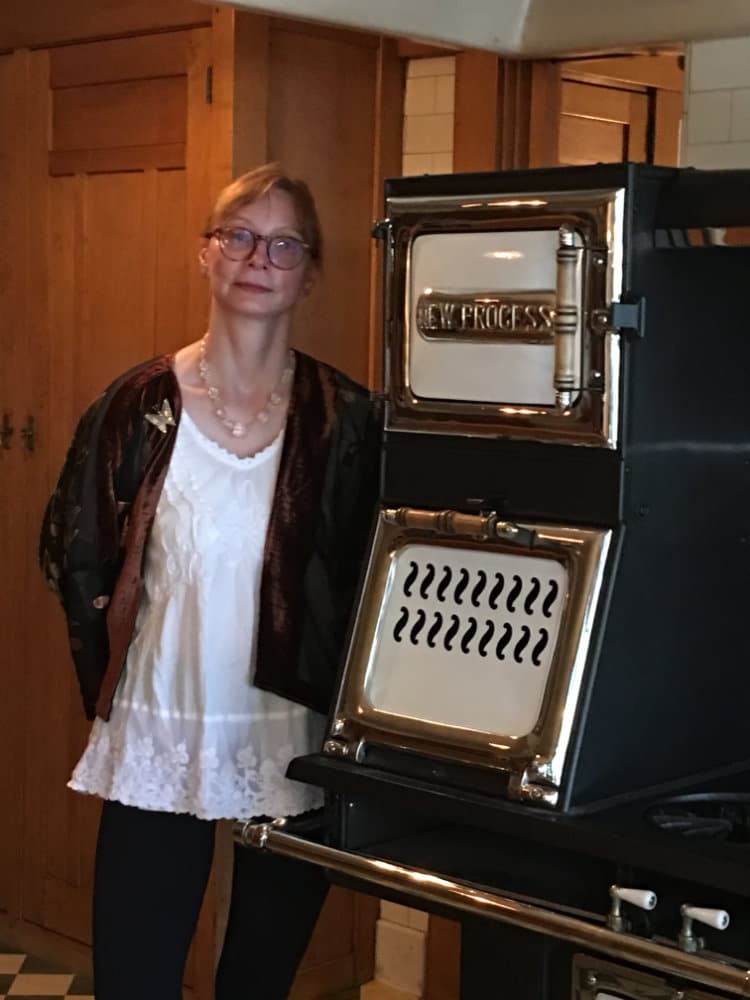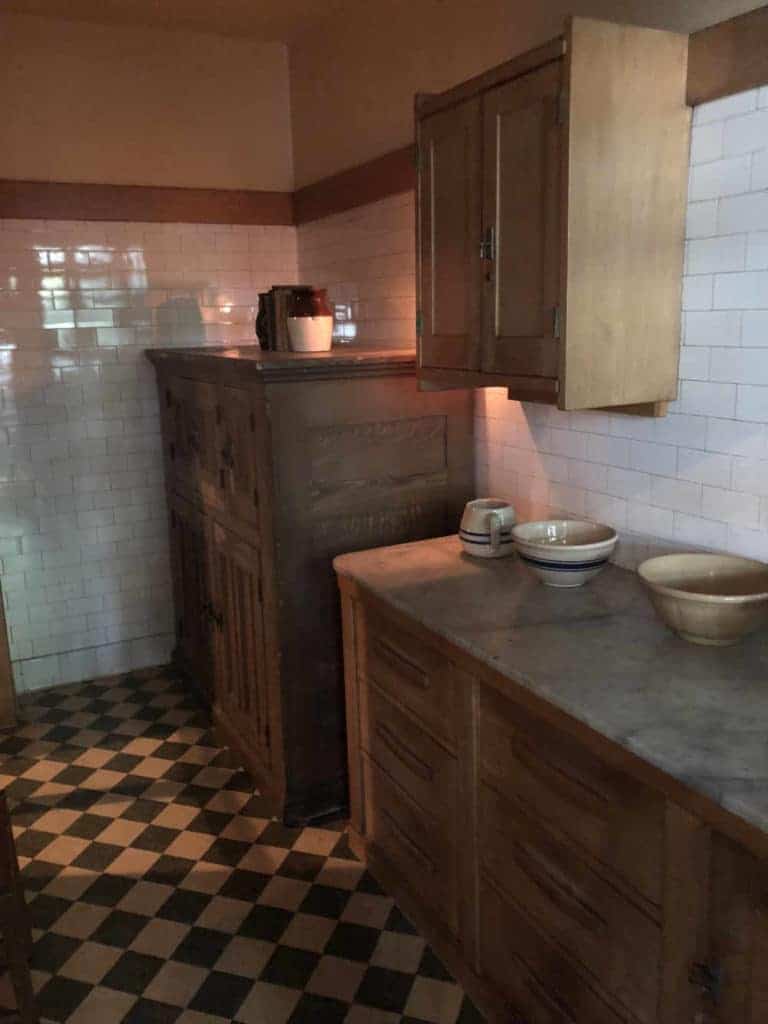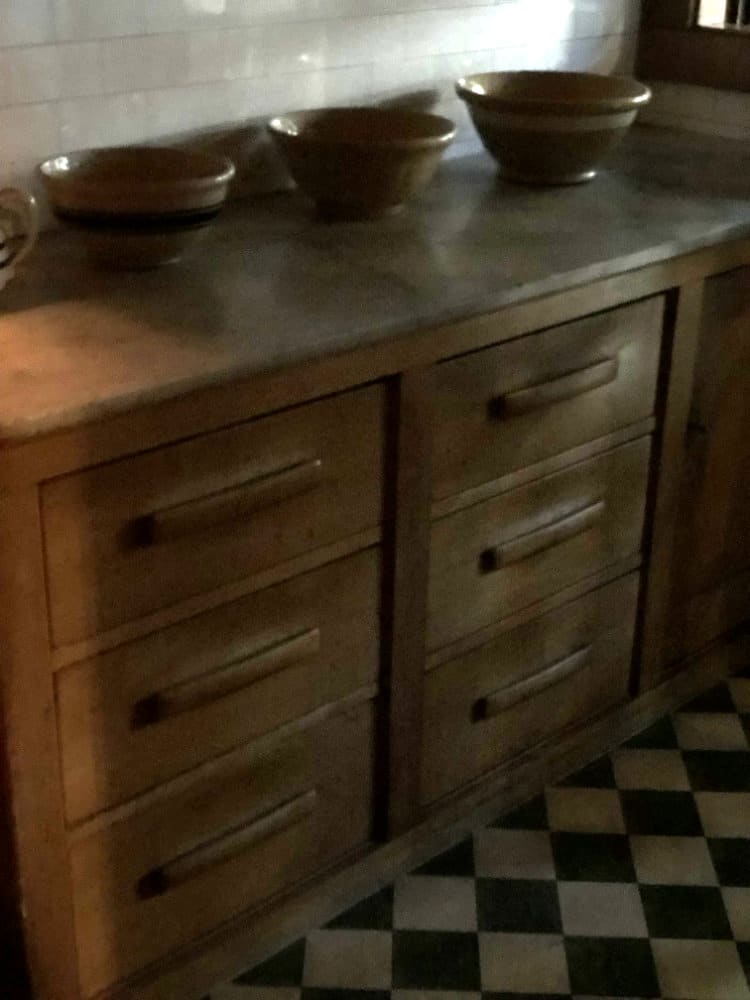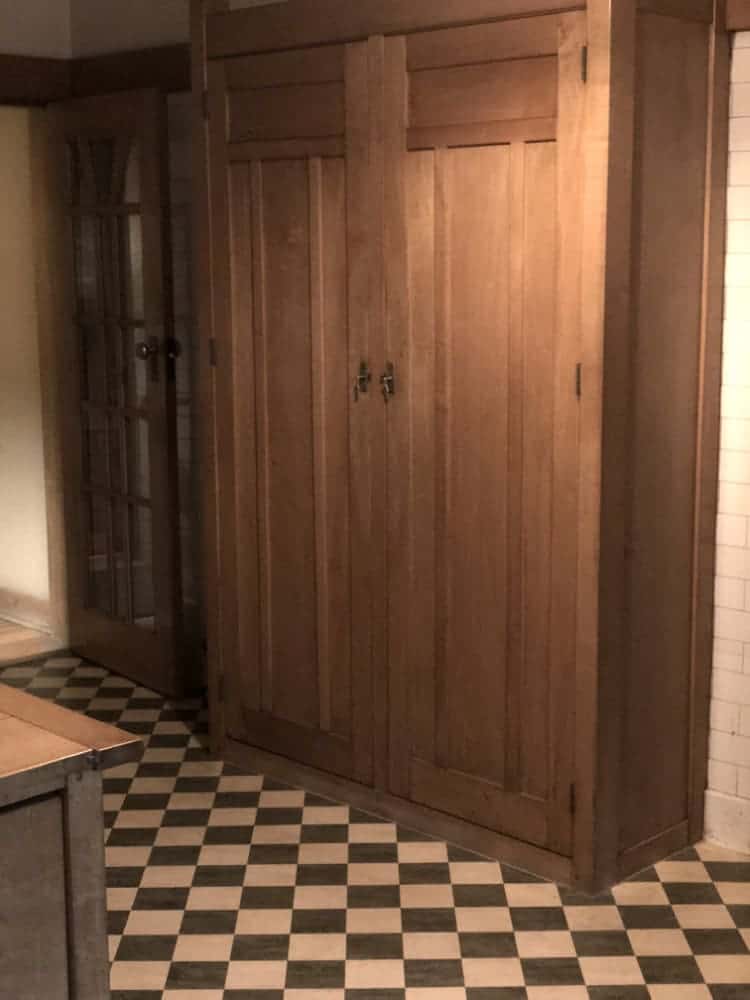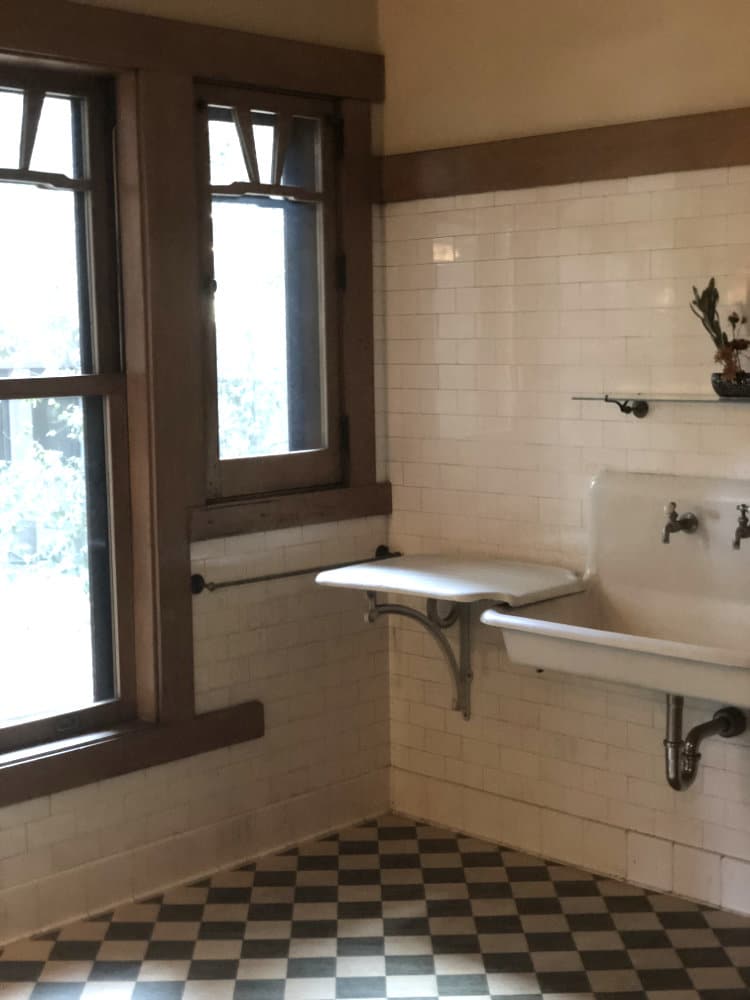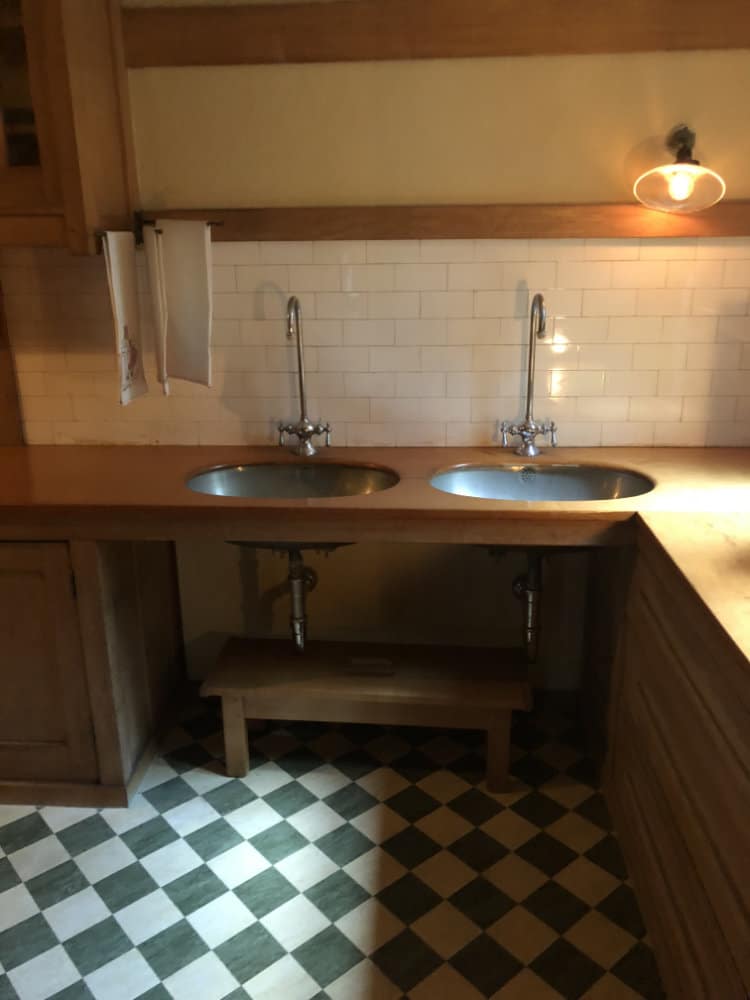
Introduction
The Gamble House was built in 1908 for David and Mary Gamble. It was designed by the architects Greene and Greene. The Gamble House is one of the finest surviving examples Greene and Greene designs because it is so intact.
Because the house went from the family directly into becoming a museum, much of the original furnishings that were also designed by the Greene brothers are also still in the house.
The Gamble house incorporates Craftsman design in combination with deep Japanese influence. It is one of America’s most stunning house museums, and is a treasure to all who experience it’s beauty.
The Challenge
Although incredibly intact, the kitchen of the Gamble House had a few details that were not reflective of the desired 1908 interpretation. The icebox/refrigerator in the cold room was too small in scale for a house of that size. The stove in the stove room had been acquired from another Greene and Greene house. But it was a 1920’s stove, which was not the correct period for the Gamble House.
The original kitchen floor linoleum had been removed at some point. After the linoleum had been removed the subfloor was refinished. While the kitchen was beautiful, it still was missing some important details to be truly reflective of the overall 1908 interpretation of the house.
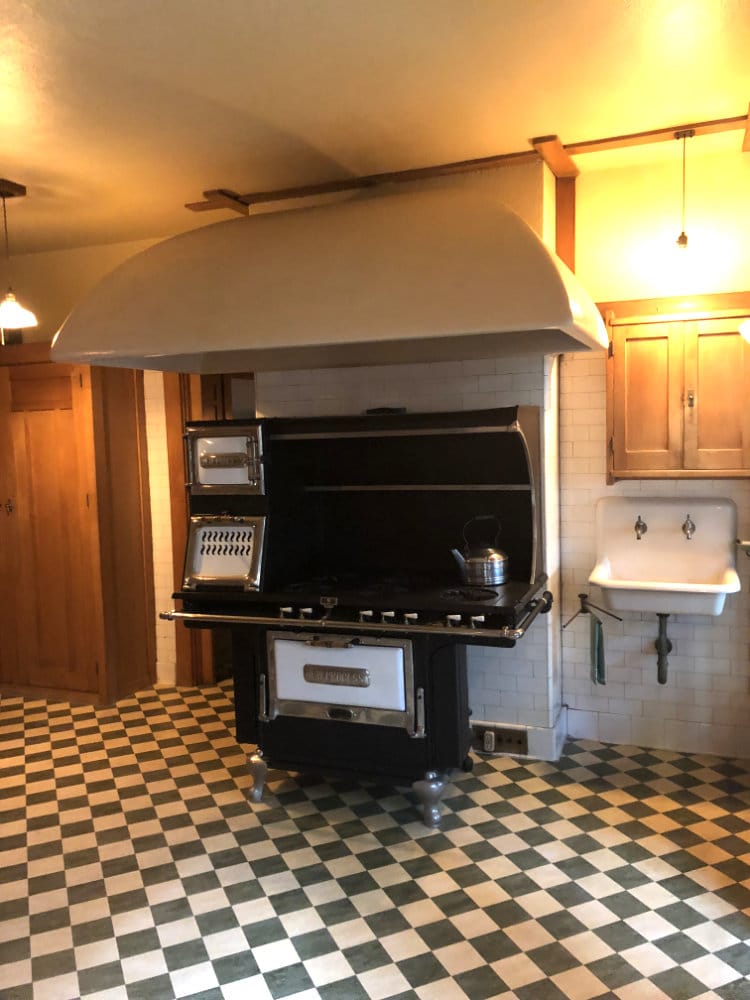

The Vision
Karla’s connection with the Gamble House came serendipitously. Karla was with a group touring the Gamble House. Nancy Marino was the docent leading the tour that day. During her tour, she mentioned that the icebox in the cold room was too small for the house. Nancy asked if that if anyone came across a larger icebox to please contact the Gamble House and let them know.
At that point, Karla raised her hand and let Nancy know that she could help provide an appropriately sized, correct period icebox for their cold room. Karla was then connected with the Executive Director, Ted Bosely, and other Gamble House staff, to start the conversation about the icebox.
Karla also pointed out that the stove was not of the correct period for the house, and she could assist with sourcing that as well.
The Details
During these conversations, Ted mentioned that he was wanting to restore the linoleum in kitchen, but he was not totally sure about what was there in 1908. He said he had some old black and white images showing linoleum on the floor, but there was a question as to if it was original or not. Karla asked him to send her the images, which he did.
The images showed a relatively small checker board pattern, and once Karla saw the images she knew that was the original 1908 linoleum.
Ted was looking for confirmation on period correctness on the proposed replacement stove and icebox, and on the linoleum in the old black and white images. Karla was able to send him images of period advertisements, which corroborated the period of the icebox, stove and linoleum.
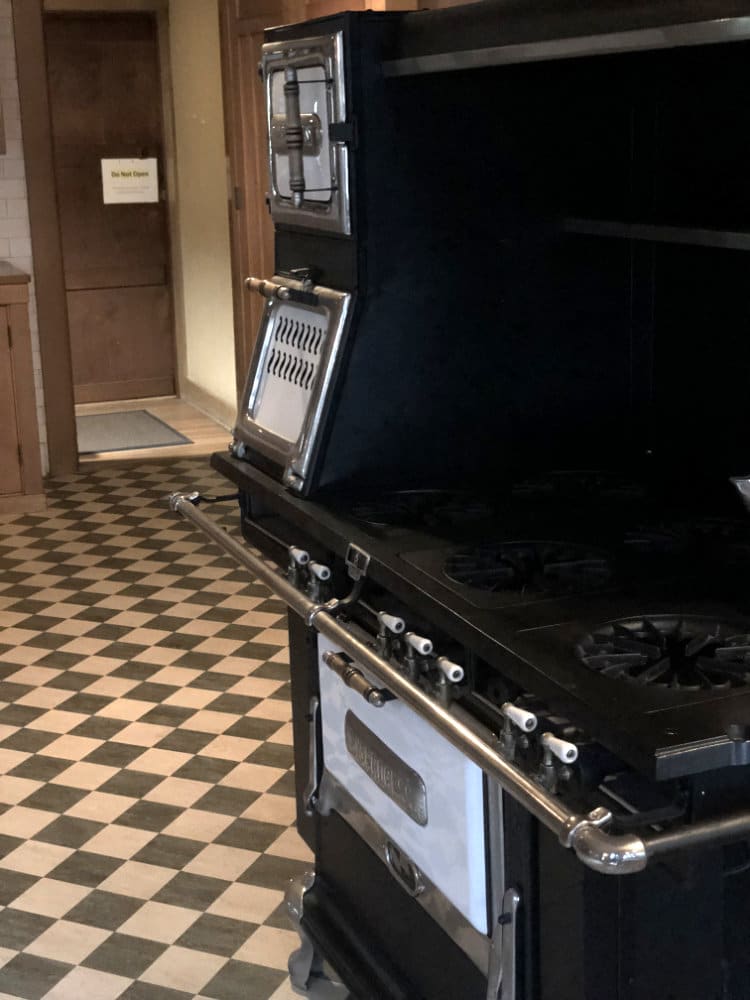
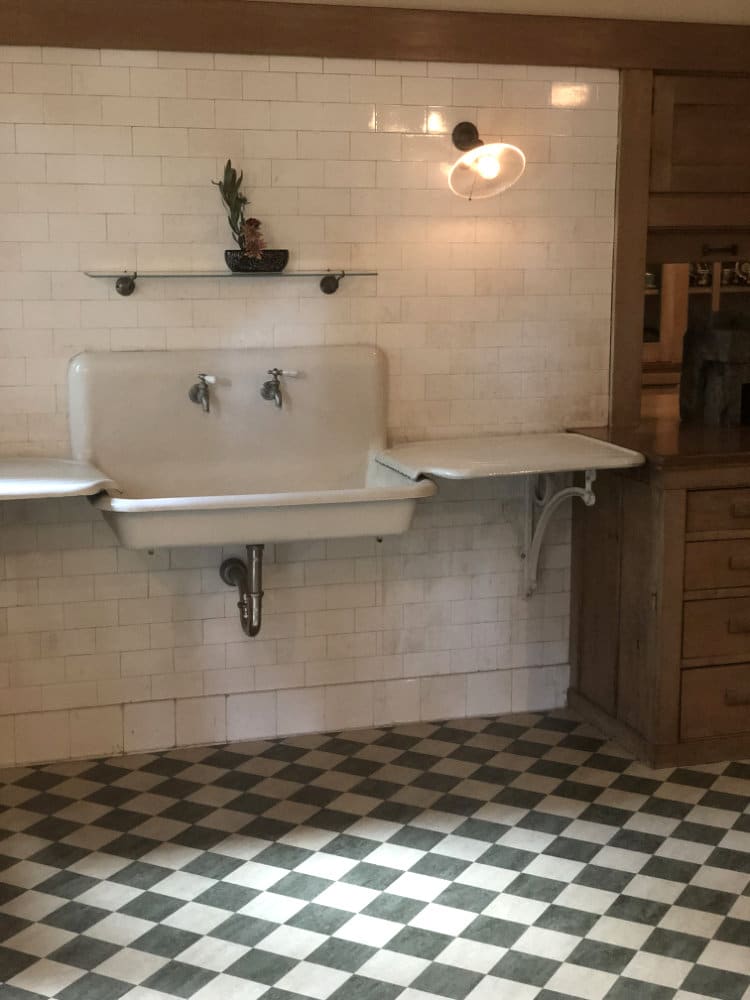
The Results
Ted had been in dialog with the Forbo company about the linoleum. Karla found 1908 catalog images of the checkered linoleum, which gave Ted the confirmation he needed to proceed with the linoleum restoration. The Forbo company donated the linoleum material and a volunteer was able to install it.
The Gamble House was able to make three minor, but significant modifications to the kitchen.
- Restoring the 1908 pattern linoleum to the floor.
- Incorporating a larger period correct icebox in the cold room.
- Incorporating a large ca. 1908 New Process stove into the kitchen.
The Gamble House now more accurately presents the kitchen as it might have been experienced in 1908. Karla was recognized for her role in this restoration work by being presented with the title of Honorary Docent.
